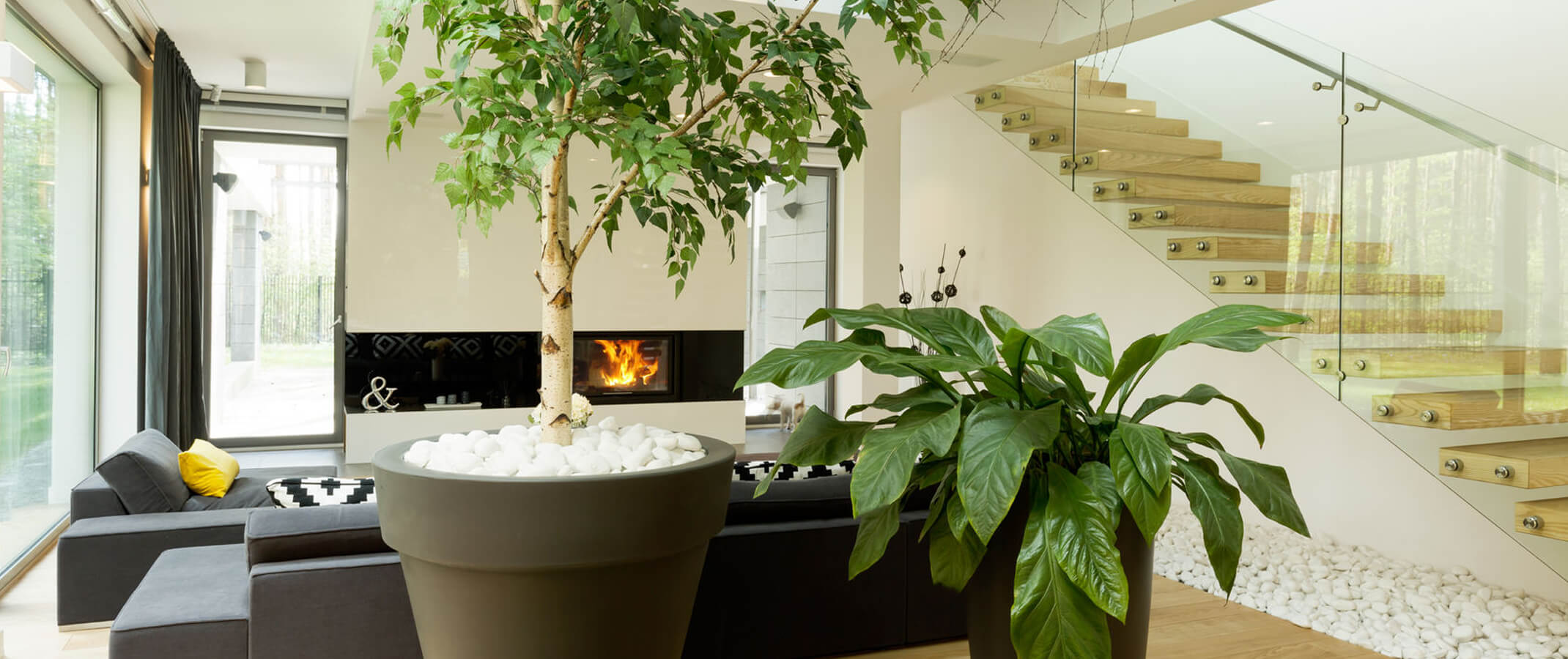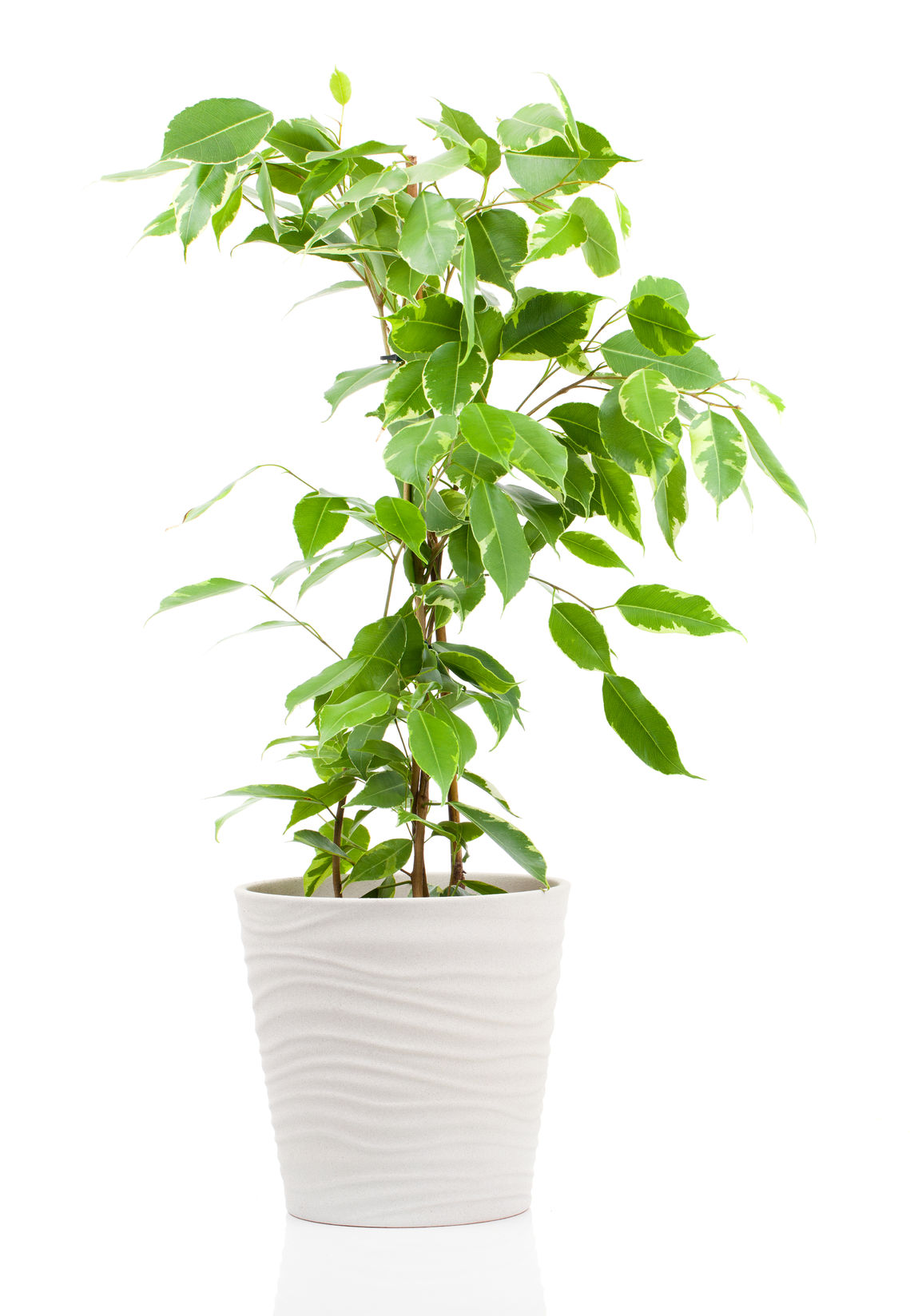 Back to the Be Inspired Blog
Back to the Be Inspired Blog

Indoor Gardening: How to Plant & Get Benefits From Indoor Greenery
Do you miss the warm spring and summer days where you can spend your time outside and garden all day? While December may not be the best time to be outdoors for hours, you can still enjoy indoor gardening.
Gardens inside your home can offer the hand-to-dirt feel you miss and you’re still able to watch your hard work bloom and blossom. Keep reading for indoor gardening tips, surprising health stats the best plants to have in your home.
8 Indoor Gardening Tips
You may be a master of outdoor gardening, but are you worried about how to keep your plants alive inside? Here are eight expert tips from HGTV for indoor gardening success.
- Give Your Plants the Right Amount of Light
Rugged plant survivors like cast iron plant (Aspidistra elatior) or snake plant (Sansevieria), don’t mind dark corners or poorly lit spots in your home. Others, especially blooming plants, need bright windows or artificial florescent or grow lights. Make sure you read about your plants and understand what kind of lighting they need to grow properly; you can ask anyone of out SummerWinds experts for additional help.
- Give Your Plants the Right Amount of Water
Many plants need a container with drainage holes, so the water doesn’t soak around their roots and cause rotting. If you keep a saucer underneath your plants to catch drips, empty it after watering. Again, read plant care tags to know how often and how much to water; feel free to ask us for help!
- Keep Your Plants Clean
Like anything else in your home, plants get dusty; that dirt can block sunlight. If you notice dust, run your plant in the sink or shower and rinse it with a gentle spray of lukewarm water. If you have a large potted plant in your home, wipe the leaves with a moist sponge or a dry dust cloth. Gently clean fuzzy-leaved plants, like African violets, with a soft brush. Turn small potted plants upside down and wash them around in lukewarm water to clean them, using your fingers to hold them in place. Let them air dry in a warm spot out of the sun.
- Groom Your Plants When Needed
If you have flowering houseplants, keep the spent blooms picked to encourage more flowers. Be sure to take off dead or yellow leaves and cut stems that have lost their leaves to the soil line.
- Protect Your Plants from Drafts
Many plants don’t like drafts, so make sure they aren’t sitting too close to heating or air conditioning vents, or leaky doors and windows.
- Give Your Plants Humidity
If you notice brown tips on the leaves of your plants, the air in your home or office might be too dry for them. Add moisture by gathering plants together, or putting them on top of pebbles in trays or saucers filled with a little water. Remember, don’t let the pots touch the water so the roots don’t stay constantly wet. You can also mist your plants with a spray bottle or even add a humidifier near them.
- Keep an Eye on Your Plants
If you’re not looking, insects and diseases can spread quickly. Check on top of and underneath leaves and look around the stems. Common indoor pests like whiteflies and mealybugs can be knocked off with a spray of water in the sink, but if they stay around, you may need to use an insecticidal soap, following the manufacturer’s directions. Treat any disease with a product specifically made for it and with products that are safe for your home - without a ton of chemicals; if you’re not sure what to use, don’t be afraid to ask one of our experts at SummerWinds Nursery.
- Keep an Eye on Your Pot
If your plants start drying out faster than you would expect, or you see roots poking out of the drainage holes, it’s time to re-pot that plant. Step up one pot size at a time and be sure to use fresh potting soil, since the nutrients in the old soil are likely depleted. Even if your plant hasn’t outgrown its container, you still may need to replant it and do some cleanup if you see a white crust on the rim or sides. A white crust of salts and minerals can build up on the pots you use when you water your houseplants. To remove it, take the plant out of the pot and scrape off the crusty stuff with a brush or knife, or scrub the pot with a solution of baking soda in water.
 5 Health Benefits from Indoor Gardening
5 Health Benefits from Indoor Gardening
Indoor plants aren’t just great for when you have the gardening bug, they also offer incredible health benefits. See below for five health benefits from Bayer Advanced that you’ll receive from indoor gardening.
- Plants Improve Breathing
With every breath you take, your body takes in oxygen and releases carbon dioxide into the atmosphere. During photosynthesis, plants absorb carbon dioxide and release oxygen. This opposite pattern of gas use makes plants and people natural partners. Adding plants to interior spaces can increase oxygen levels. At night, photosynthesis ceases, and plants typically respire like humans, absorbing oxygen and releasing carbon dioxide. A few plants like orchids, succulents and epiphytic bromeliads, do just the opposite, taking in carbon dioxide and releasing oxygen. Place these plants in bedrooms to refresh air during the night.
- Plants Release Water
As part of the photosynthetic and respiratory processes, plants release moisture vapor, which increases humidity of the air around them. Plants release roughly 97 percent of the water they take in. When indoor gardening, place several plants together and you can increase the humidity of a room, which helps keeps respiratory distresses at bay.
- Plants Purify the Air
Plants remove toxins from air, even up to 87 percent of volatile organic compounds (VOCs) every 24 hours, according to NASA research. VOCs include substances like formaldehyde (which are found in rugs, vinyl, cigarette smoke and grocery bags), benzene and trichloroethylene (both found in man-made fibers, inks, solvents and paint). Benzene is also commonly found in high concentrations in study settings, where books and printed papers abound. Modern climate-controlled, air-tight buildings trap VOCs inside. The NASA research discovered that plants purify that trapped air by pulling contaminants into soil, where root zone microorganisms convert VOCs into food for the plant.
- Plants Improve Health
Indoor gardening benefits even extend to the hospital! According to researchers at Kansas State University, adding plants to hospital rooms speeds recovery rates of surgical patients. Compared to patients in rooms without plants, patients in rooms with plants requested less pain medication, had lower heart rates and blood pressure, experienced less fatigue and anxiety, and were released from the hospital sooner.
- Plants Sharpen Focus
A study at The Royal College of Agriculture in Circencester, England found that students demonstrate 70 percent greater attentiveness when they’re taught in rooms containing plants. In the same study, attendance was also higher for lectures given in classrooms with plants. Even if you’re not in school, this can greatly benefit your focus in your home office.
 The 8 Best Indoor Plants
The 8 Best Indoor Plants
Now that you know how to manage indoor gardening and its health benefits, here are the best plants to have around your home.
- Garden Mum
In the NASA study above, this plant was an air-purifying star, removing ammonia, benzene, formaldehyde, and xylene from indoor air. Popular and inexpensive, mums can be planted outside after they're finished blooming.
- Spider Plant
Spider plants are one of the easiest houseplants to grow, making them a great choice for indoor gardening beginners or forgetful owners. They are fans of bright, indirect sunlight; spider plants will send out shoots with flowers that eventually grow into baby spider plants, which can be cut and repotted into new plants!
- Dracaena
There are more than 40 different kinds of Dracaena plants, making it easy to find one that’s a perfect fit for your home or office. They're common foliage plants with long, wide leaves that are often variegated with lines of white, cream, or red. Just a warning: this plant is toxic to cats and dogs.
- Ficus
Though the ficus is a tree native to southeast Asia, when it grows indoors, it's a surprising plant that ends up being anywhere from two and 10 feet tall. Grow this low-maintenance houseplant in bright, indirect light and allow the soil to dry out between watering.
- Peace Lily
Peace lily plants are relatively small compared to many of the plants on this list, but they still pack strong air-cleaning abilities. Easy to grow, these indoor plants will flower for much of the summer. Just be aware that these flowers contribute some pollen and floral scents to the air, so you may want to avoid having a room full of them.
- Boston Fern
These plants prefer to clean the air from a cool location with high humidity and indirect light. They're relatively easy to grow, but they do need to stay moist. Check the Boston Fern’s soil daily to see if it needs water, and give it a good soak once per month.
- Snake Plant
This is one of the hardest houseplants to kill, making it another good choice for those new to indoor gardening. Although it does need to be watered occasionally, the Snake Plant generally prefers drier conditions and some sun.
- Bamboo Palm
This plant is great at filtering formaldehyde. The palms thrive in full sun or bright light. Part of the reason they can filter so much air is that they can grow quite large, as tall as four to 12 feet high, making them stunning indoor additions.
If you think your room could use some purified air, these eight plants are perfect additions to your home; even NASA supports this! Visit our store to find plants that will help you clean up the air in your home and remove toxins while you get started with indoor gardening.

